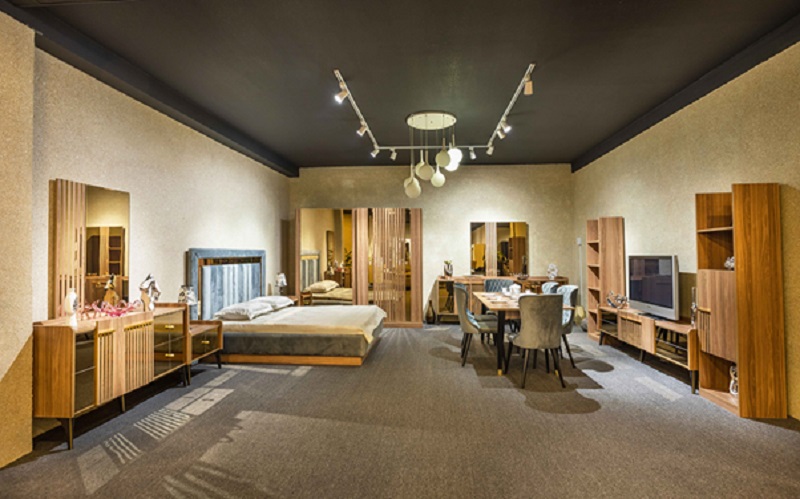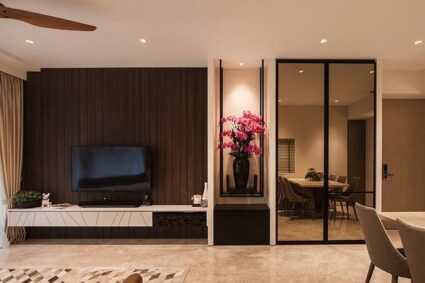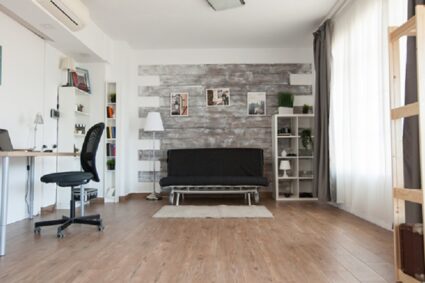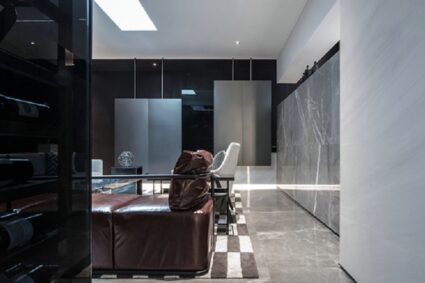
Designing a successful furniture showroom in Singapore goes well beyond simply arranging stylish pieces. It involves crafting an environment that draws people in, holds their attention, and gently guides them towards making a decision. As interest in designer furniture in Singapore continues to grow, showrooms need to adapt, shifting from static displays to spaces that offer a more interactive and thoughtfully designed customer journey. Below are ten straightforward strategies to help improve showroom performance and encourage meaningful engagement.
1. Rethink the Entrance Layout
First impressions shape a visitor’s entire experience. A cluttered or overwhelming entrance can deter potential customers before they explore further. Keep the entry area open and inviting. Feature one or two statement pieces of designer furniture that reflect the showroom’s aesthetic. This sets the tone without overwhelming guests, encouraging them to move deeper into the space.
2. Use Lighting to Guide Movement
Strategic lighting does more than highlight furniture. It subtly directs customer flow. Layered lighting like ambient, task and accent allows for dynamic zones within the showroom. Position spotlights over key pieces or new collections. Soft lighting in seating areas can make customers feel comfortable enough to stay and explore longer.
3. Rotate Display Pieces Regularly
Keeping the showroom fresh gives returning visitors a reason to come back. Rotate furniture displays at regular intervals to reflect seasonal trends, new arrivals, or updated styling ideas. This also helps create a sense of urgency, subtly suggesting that items may not be available indefinitely.
4. Encourage Interaction With Modular Setups
Static displays may look neat, but interactive layouts engage better. Let customers walk around pieces, open drawers, or test recliners. Create modular settings where different combinations of designer furniture in Singapore can be experienced in realistic room-like environments. When people can picture pieces in their own homes, they’re more likely to buy.
5. Train Staff to Guide, Not Sell
Customers walking into a furniture showroom in Singapore often arrive with varying degrees of certainty. Some are ready to buy, others are just browsing. Staff should act more like consultants: offering insights, helping visualise pieces in home contexts, and suggesting combinations. Knowledgeable and approachable staff increase the likelihood of converting indecision into action.
ALSO READ: How High-Quality Sofas Minimise the Need for Frequent Deep Cleaning
6. Offer Design Consultations
Position the showroom as more than a retail space by providing professional design consultations. This service adds value and helps customers feel supported in their decision-making. Whether it’s rearranging a living room or selecting pieces for a new flat, expert advice can transform a sale into a longer-term relationship.
7. Highlight Sustainability Where Relevant
Sustainability remains a growing consideration for shoppers, especially in Singapore’s urban landscape. If certain designer furniture pieces use responsibly sourced materials or follow environmentally conscious processes, display this information. Transparency builds trust and often influences buying choices.
8. Maintain a Clean, Neutral Backdrop
The showroom’s design should elevate the furniture, not compete with it. Keep walls, flooring, and background elements neutral and uncluttered. This allows pieces to stand out and helps customers visualise how items might work within their homes, regardless of their existing décor.
9. Use Technology Wisely
Digital screens displaying product information, style inspiration, or 360° views of furniture can complement physical displays. Augmented reality features or touchscreen catalogues enable deeper exploration without overwhelming the showroom space. These elements bridge the gap between physical and digital engagement.
10. Gather and Apply Customer Feedback
Showroom strategies shouldn’t be set in stone. Collect feedback through post-visit surveys, digital check-ins, or informal conversations. Analyse this input to identify friction points, preferences, and emerging demands. Regularly refining the showroom experience based on real visitor insights keeps it relevant and engaging.
With designer furniture in Singapore becoming more tailored and diverse, the way it’s presented must keep pace. Through layout, lighting, and personal engagement, every showroom has the potential to convert casual visits into committed purchases.
Contact Cellini Design Center to create a showroom experience that supports both style and sales.






















